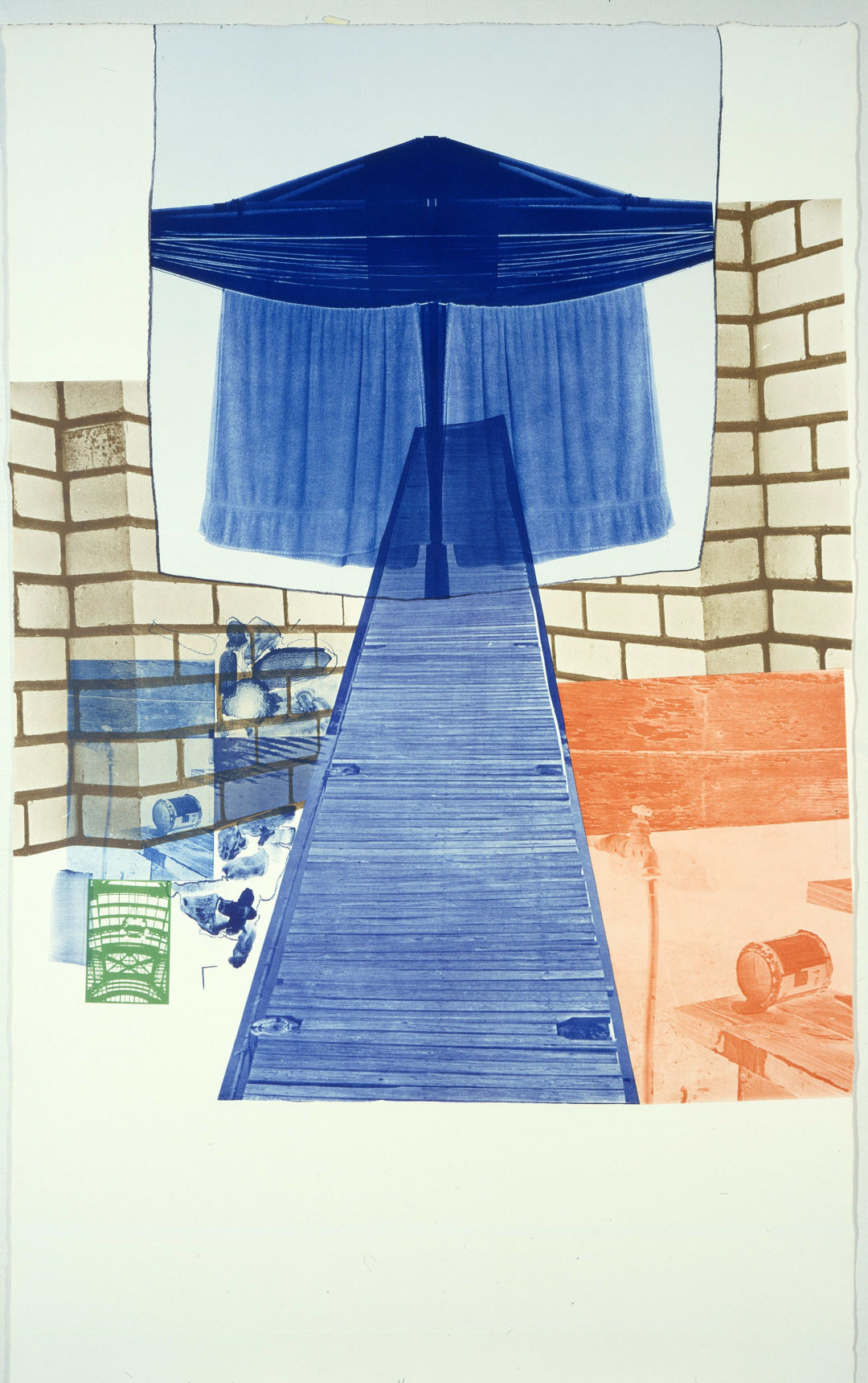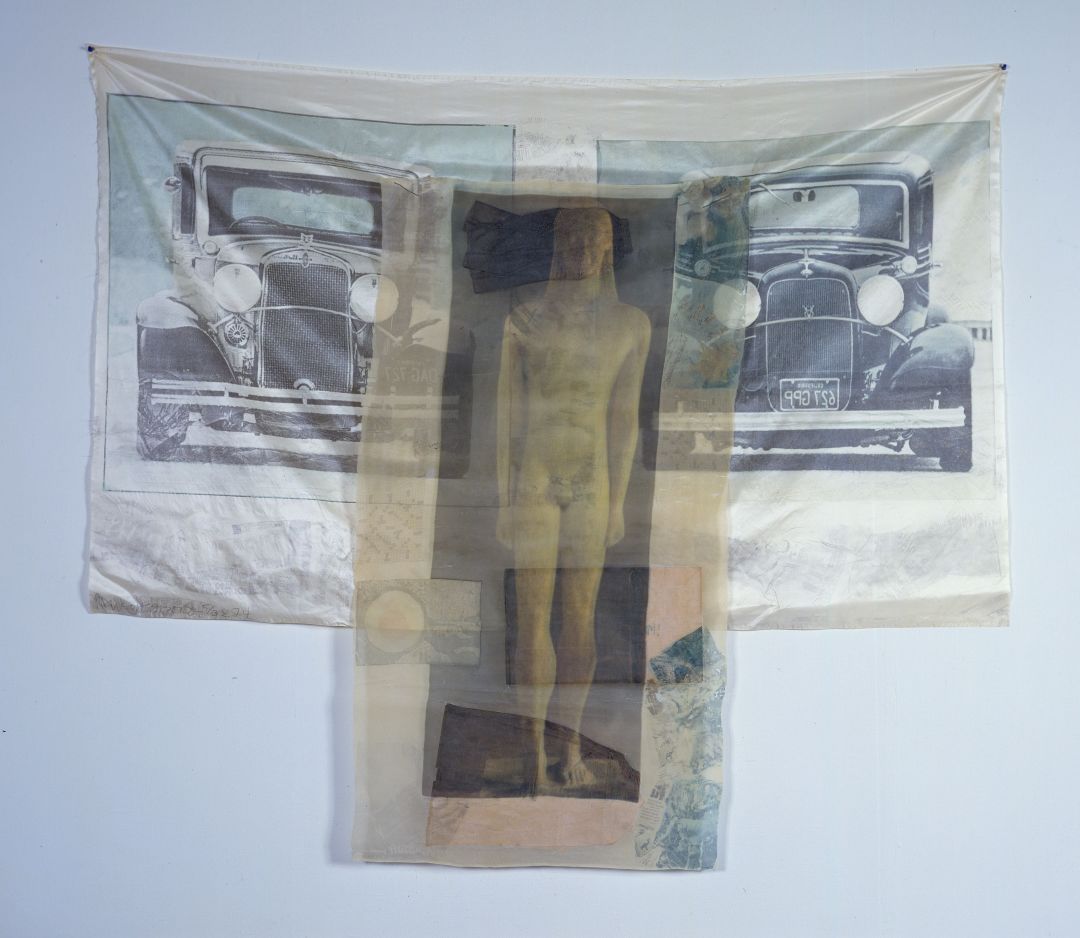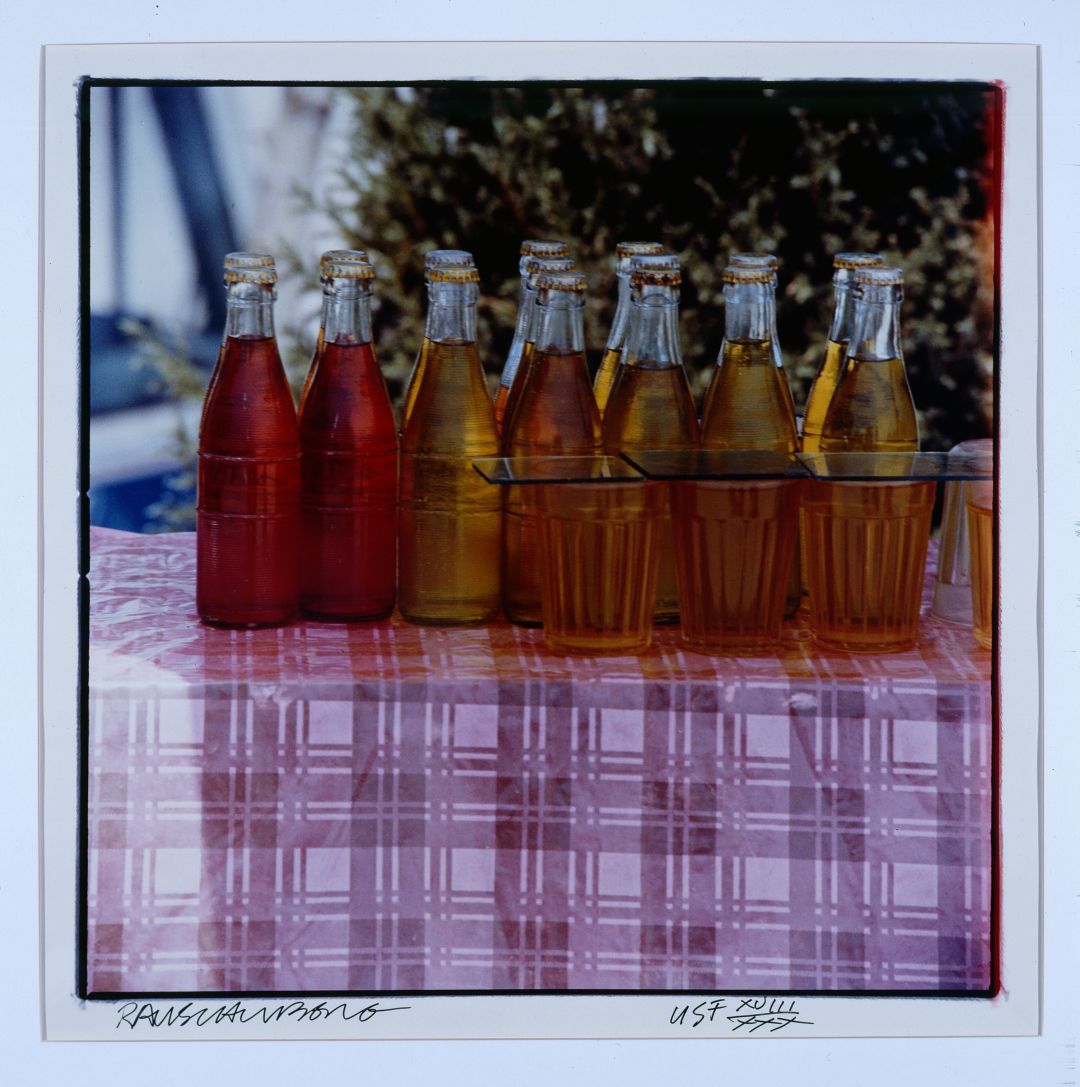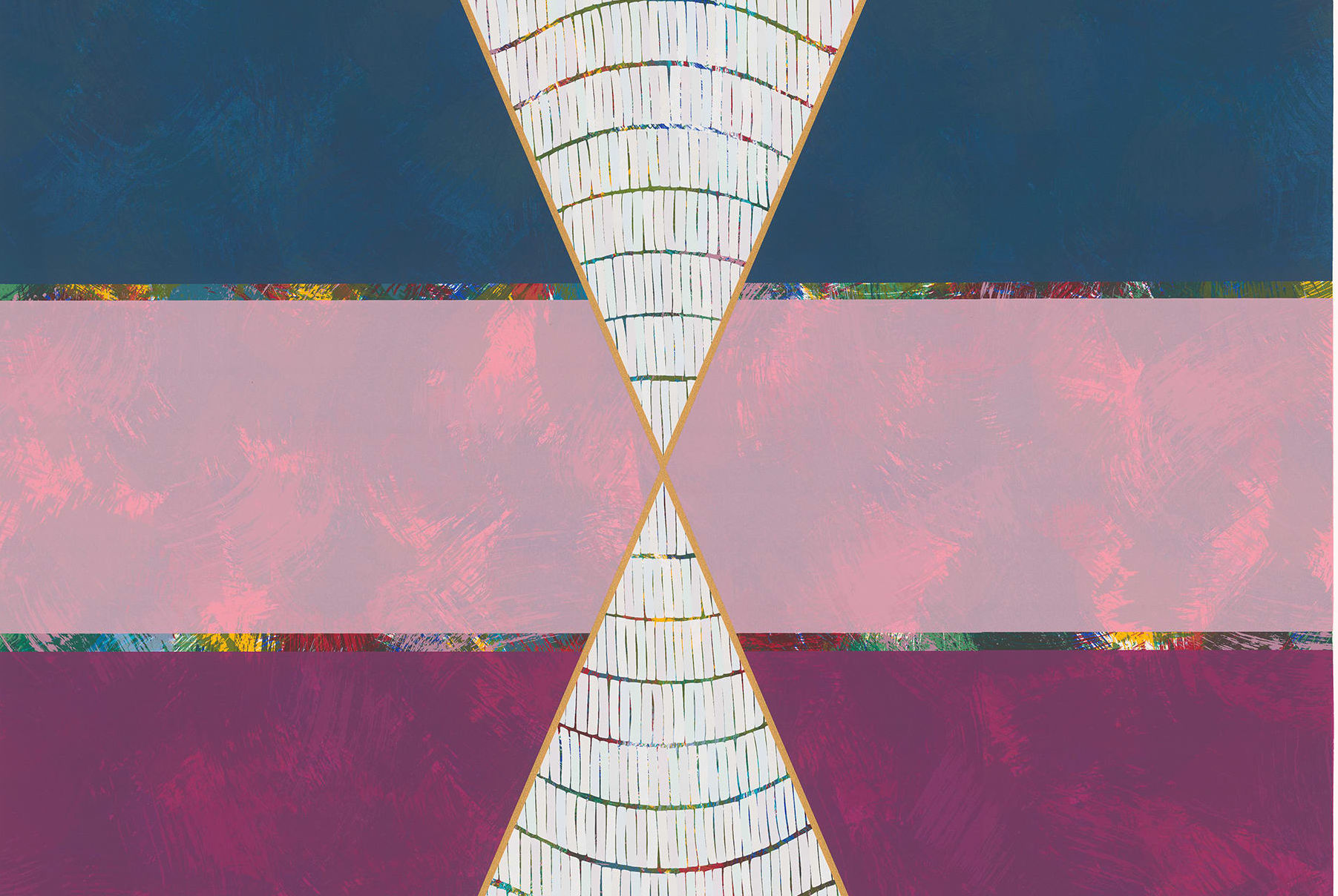A New Exhibit at The Ringling Pays Tribute to Robert Rauschenberg

Image: Courtesy of The Ringling
The John and Mable Ringling Museum of Art is one of a number of museums celebrating the centennial of ground-breaking artist Robert Rauschenberg in the year 2025. Robert Rauschenberg: A Centennial Celebration opens March 1 to run through Aug. 3 in the Searing Wing of the Museum of Art and contains virtually every Rauschenberg piece in The Ringling’s collection, many of them gifted by collectors.
With support from the Robert Rauschenberg Foundation, including photos and archival materials, The Ringling exhibit “happened really quickly,” says Ola Wlusek, the Keith D. Monda Curator of Modern and Contemporary Art at The Ringling. “The Rauschenberg Foundation sent emails to museums around the country with Rauschenberg works in their collections, and we just happened to have two spaces available in the Searing Wing. So, for the first time all these works can be seen together.”
Rauschenberg is a major figure in the world of 20th-century American art, creating not only as a painter but in a plethora of media including photography, printmaking, collage construction and assemblage. Over a career of six decades, he continued to find new ways to make art and to influence other artists of multiple generations.

Image: Courtesy of The Ringling
The artist also had a close connection to Florida. While he initially gained fame working in New York City, alongside such colleagues as Jasper Johns, choreographer Merce Cunningham and composer John Cage, beginning in the 1970s Rauschenberg also had a home and studio on Captiva Island and starting in the 1980s maintained a connection to the Bob Rauschenberg Gallery at Florida Southwestern State College in Fort Myers. He also collaborated with Graphicstudio at the University of South Florida in Tampa.
The Ringling exhibit spans several genres and decades of the artist’s career. A large piece titled Dutch Roll Glut (part of a sculptural Glut series dating from the late 1980s and early 1990s) consists of salvaged metal debris, including mobile home siding. The textile artwork Hoarfrost, from 1974, derives from a stanza in Dante’s Inferno, and, if hung properly, seems to sway slightly in an invisible breeze.

Image: Courtesy of The Ringling
There are also prints and lithographs in the show, including a 1980 lithograph titled Glacial Decoy, which is related to a video Ringling visitors will see that captured a dance production of the same name by frequent Rauschenberg collaborator Trisha Brown. Viewers will also see a series of photographs by such artists as Cindy Sherman, John Baldessari, Duane Michals and Rauschenberg himself in a section called Photographs + Friends: United Against AIDS, dating from the time of the initial AIDS epidemic.
Visits abroad inspired Rauschenberg’s Studies for Chinese Summerhall portfolio from 1983; three pieces from that series (made at Graphicstudio) are on exhibit here, including Tea Pots, Blue Lady and Bottles. There’s also a small black and white photograph by Rauschenberg of two alligators, dating from his early experiences in his adopted state of Florida.
Exhibits in Germany, New York City, Houston, Madrid, Hong Kong and Austria are also on the centennial schedule. But this one close to home makes an informative introduction to those less familiar with Rauschenberg’s art easily accessible.
For more information on Robert Rauschenberg: A Centennial Celebration, visit ringling.org.



